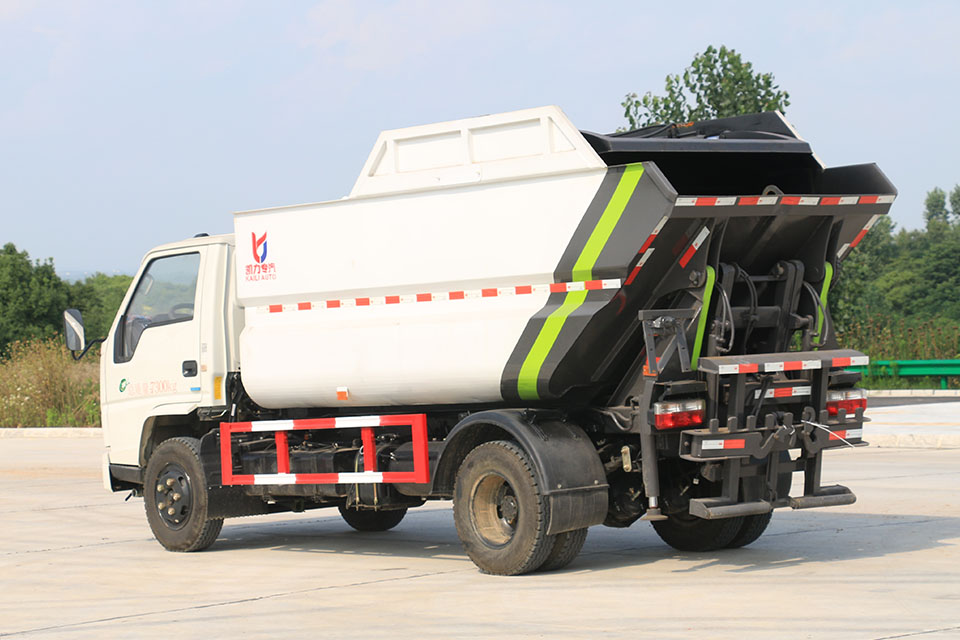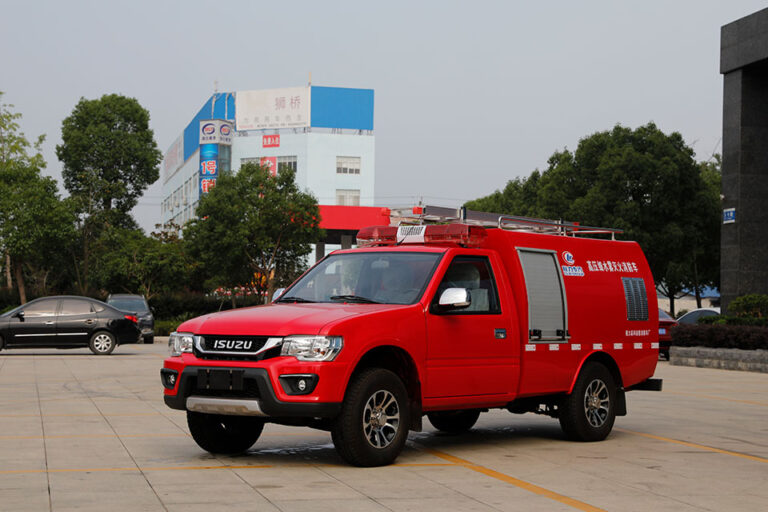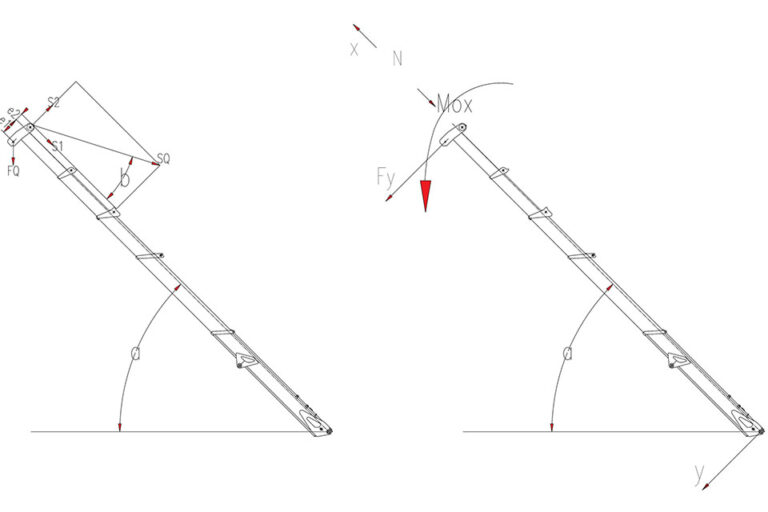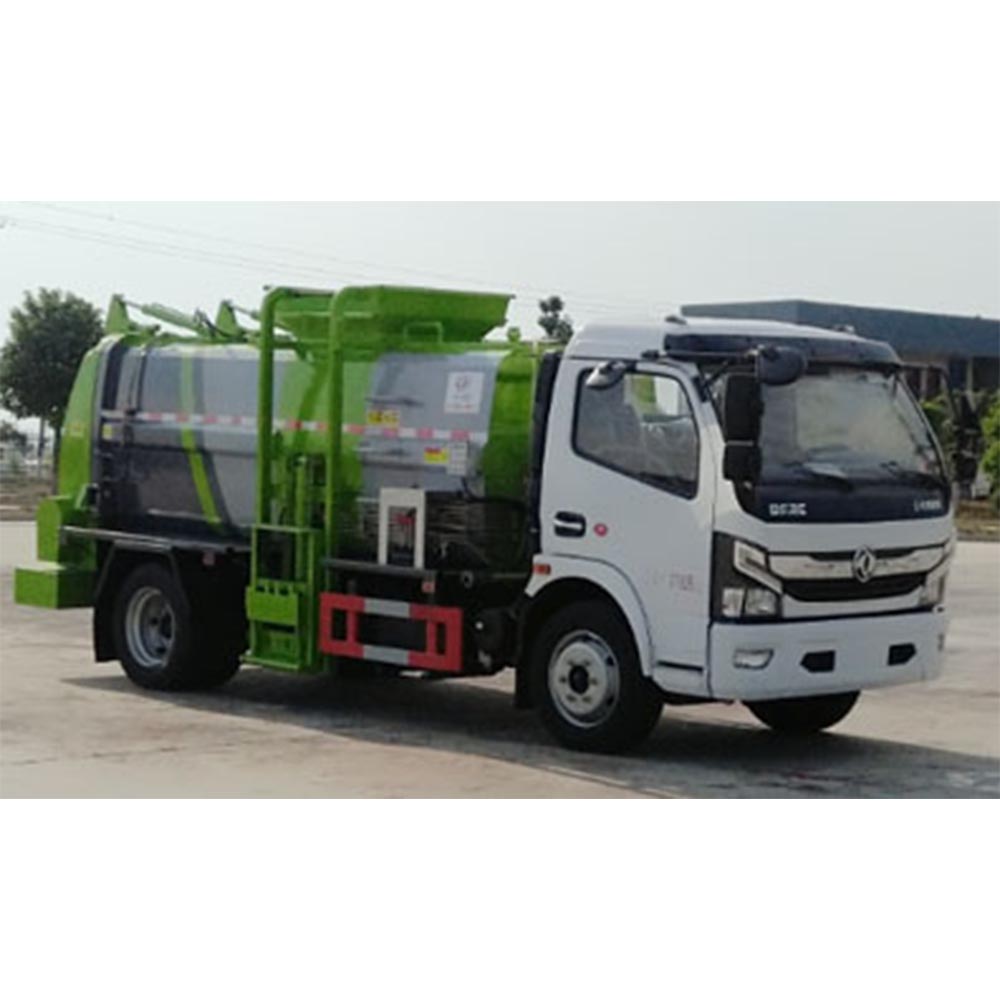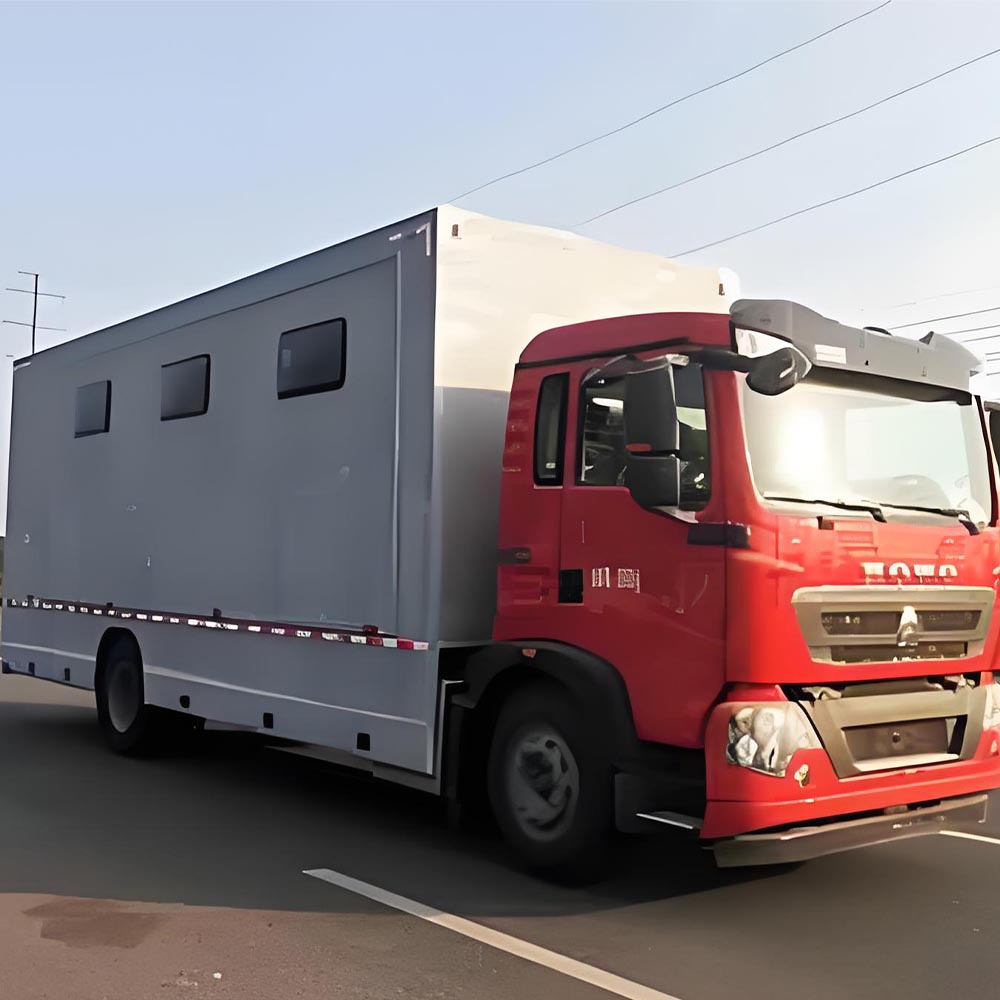-
Chengli Automobile Industry Park
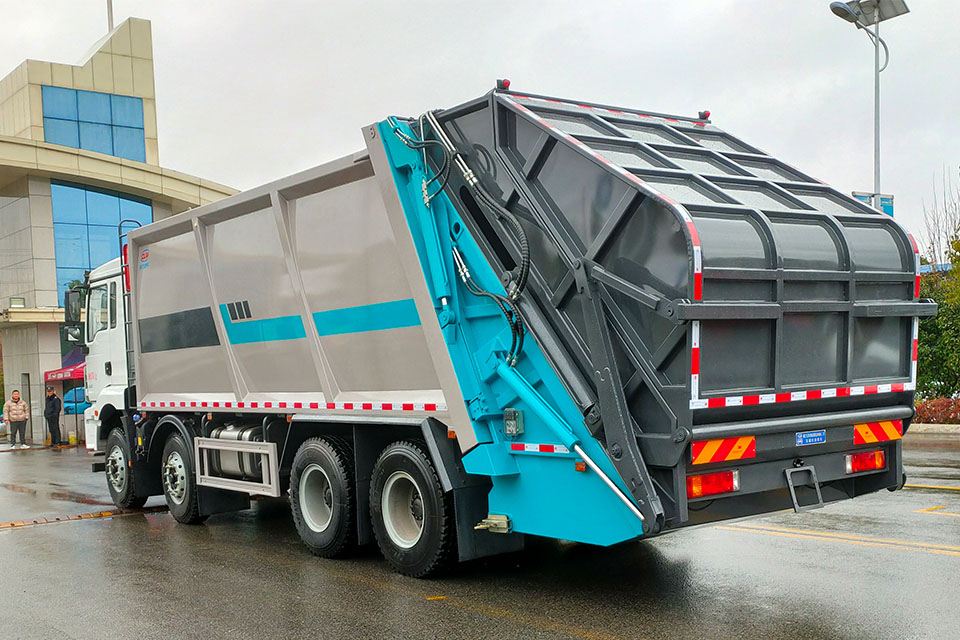
Can you put garbage in compactor?
Are you not sure what can go in your trash compactor? Trash compactors help make waste smaller. This guide tells you what is safe to put in your compactor and what is not.
Table of Contents
What Can Go in a Trash Compactor?
You can put many things in a compactor. Here is a list of what is OK:
- Packaging materials like cardboard and bubble wrap
- Paper products like newspapers and office paper
- Food waste (but better to compost if you can)
- Regular household trash
- Recyclable items like paper, cardboard, and some plastics
What Should Never Go in a Trash Compactor?
Some things can break your compactor or cause danger. Do not put these items in:
- Metal parts (unless your compactor is made for metal)
- Hazardous waste like paint or chemicals
- Liquids that can leak and cause damage
- Non-compressible items like rocks or bricks
- Electronics and batteries
Compactor Types and What They Handle
Different compactors are made for different jobs.
Home Trash Compactors
Home compactors are good for:
- Daily household waste
- Small packaging
- Paper products
They can make trash 75% smaller, helping keep your kitchen clean.
Commercial Trash Compactors
These bigger machines can handle:
- Wood waste
- Large volumes of cardboard
- Some food waste
Read more about commercial waste management trucks for large-scale waste handling.
Benefits of Using a Trash Compactor
| Benefit | Details |
|---|---|
| Cost Savings | Reduces waste disposal costs by up to 80% |
| Space Saving | Makes trash 6:1 smaller (six bags become one) |
| Fewer Trips | Cuts garbage removal trips by 60-70% |
| Better for Earth | Less truck trips means less pollution |
Special Vehicle Manufacturer
Global Reach & Technical Expertise
Global Presence
Exports to 50+ countries
Technical Strength
Multiple production qualifications
Company Scale
610 acre facility
Workforce
1,786 employees
Best Practices for Safe Compactor Use
- Sort your waste first – recycle what you can
- Remove hazardous items before compacting
- Empty compactors regularly to avoid smells
- Clean your compactor to prevent odors
If you deal with large waste volumes, industrial waste crusher trucks might be a better solution.
How Different Waste Affects Your Compactor
Dry Waste
Dry waste like cardboard and paper works best in most compactors. It gets very small without making a mess.
For large dry waste handling, see these efficient self-loading garbage trucks.
Wet Waste
Wet waste like food scraps can cause smells if left too long. Self-contained compactors work better for wet waste.
If you handle lots of wet waste, check out food waste collection trucks for big jobs.
Special Waste Types
Some waste needs special care:
- Wood waste – needs strong compactors
- Food waste – can make smells, better for composting
- Small items – good for self-contained units
Why Some People Don’t Use Compactors Anymore
Some reasons people skip compactors:
- They cost up to $1,000 with installation
- Some think recycling is better
- Worry about smells from food waste
- Need to empty bags often
Common Questions About Compactors
Can I put cardboard in a trash compactor?
Yes! Cardboard is perfect for compactors. It gets very small and is easy to compact.
How often should I empty my trash compactor?
Empty it when full or at least once a week to avoid smells.
Can compactors handle fish or meat waste?
It’s best not to put these in home compactors. They can make strong smells.
Making Smart Waste Choices
The best way to use a compactor is to know what can go in it. This saves money and keeps your compactor working well.
For big waste jobs like at businesses, look into compressed waste compactor semi-trailers that can handle more trash.
Remember that what goes in your compactor ends up in landfills. Try to reduce, reuse, and recycle before you compact.
